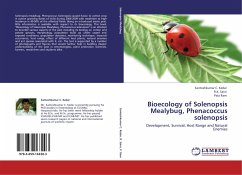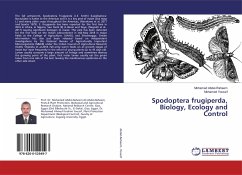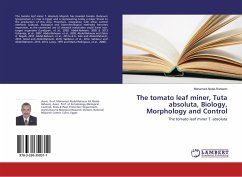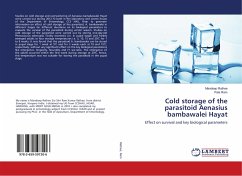P. solenopsis was discovered in 1898 by Tinsley (1898a) in New Mexico, USA. This mealybug was later reported to have spread to Arizona, California, Colorado, Mississippi, Washington D.C., and Texas, USA (McKenzie, 1967). It was reported in Texas on two non-cultivated hosts by 1975 (McDaniel, 1975). Fuchs et al. (1991) discovered from their survey that the species had spread throughout the several cotton- [Gossypium spp.] growing areas of Texas by 1988 and also recorded the mealybug from 29 additional plant hosts. The mealybug was recorded from infestations in 18 USA states. In 2005, P. solenopsis was reported to be seriously infesting cotton plants in the Punjab and Sindh regions of Pakistan (Arif et al., 2007). By 2006, it had spread to a large number of cotton-growing districts where the mealybug not only had a dramatic impact on the plant, but also reduced the value of the cotton. In India, Deshpande (2009) inferred that the invasion by P. solenopsis resulted from growers buying infested Bt. cotton bolls from the USA.








